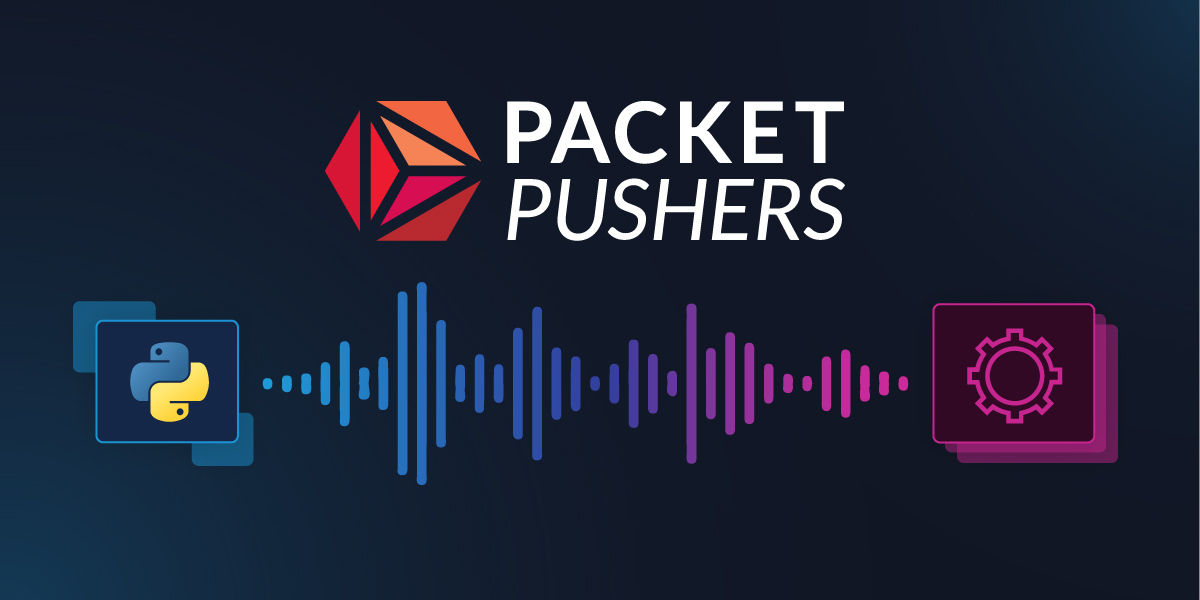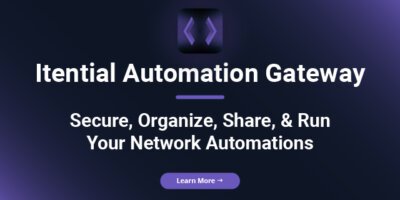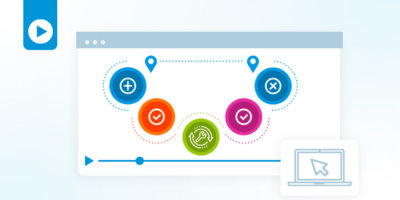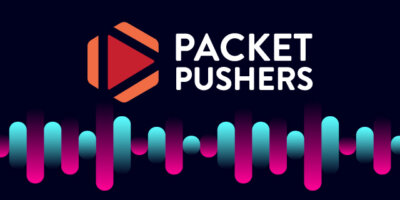Most network engineers these days have built a set of Python scripts, Playbooks, Plans and/or other automation assets to help solve specific problems and automate repetitive network activities. However, these solutions are not yet productized.
So, what does that mean, ‘productized?’ It means that everything you need to deliver the service is packaged up together — security, authentication, auditing, etc. — which enables you to deliver automations as self-service catalog with no manual input required.
Think about using a public cloud provider. You request a service from a catalog, and it gets delivered near-instantly. From a network engineering perspective, when a solution is productized, it means that everyone who needs to use an internal network service can securely request it and see it fulfilled in that same way.
That can sound scary. Turning over your network to end users who don’t have any networking knowledge? It’ll break everything, you might be thinking. But, by taking those automation scripts you already have and leveraging the right platform that can provide the right safeguards and sharing capabilities you need—without writing hundreds of lines of code yourself.
Recently, Itential’s CTO and Co-Founder, Chris Wade, discussed productization of network automation and how to achieve it with Ethan Banks and Drew Conly-Murray of Packet Pushers for Heavy Networking. They track the journey from individual automations to end-to-end orchestration and self-service delivery and discuss how Itential helps solve common challenges.
Why Scripts Aren’t the End Game
As Ethan describes at the beginning, because script automations can’t be turned over to others in the organization, “all we’ve really done is build macros.”
However, macros are not the end game of network automation. The end game is self-service, “a platform where network consumers can request the services they need and get them.”
Of course, you can’t just turn scripts over to everyone and wash your hands of the whole thing. So you need a platform that lets you build the governance you need into your automations themselves, the checks and balances around what’s being requested. It’s possible to build all of this without platforms, but it’s difficult, and requires constant development and maintenance (likely not your goal when you started automating networking activities). As a result, you could end up spending most of your time building and maintaining code – not managing your network.
Productization & Self-Service: Key Steps & What It Looks Like
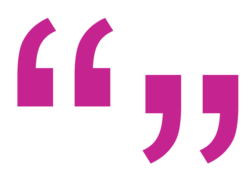
“What do we need to do to change how we operate networks? Ultimately, how can I benefit the rest of the business and the end users who are consuming that network?”
Chris Wade, Itential CTO
I want to share something Chris says pretty early in the episode that really clicked. “When we think about a platform, we’re really talking about collaboration.”
We’ve established that we want our scripts to do more, to reach further. We want others to be able to use them directly. However, as Ethan, Drew, and Chris note in the podcast episode, there’s a lot you need to account for first, such as:
- Where do I store these scripts?
- How do I manage version control?
- How do I integrate automations with external network and IT systems?
- How do I apply RBAC so I know who is accessing automations?
- Now I need to build a UI, or some streamlined consumption for my end user to access.
- How do I audit it for use?
- Compliance checking
- Multi-vendor system abstraction
- Approvals
- Change management
- How do I expose the scripts for consumption in pipelines, ServiceNow, etc?
Chris refers to these collectively as “non-functional requirements” for network automation. For a network service to be delivered as a self-serve catalog item, all of these things need to be built into the end-to-end process orchestration. Then you can move to a model where you’re offering a catalog of standardized network services that your end users can request.
“The business is asking for agility,” Chris points out. “Cloud and cloud service features have a certain expectation of self-service that’s flowing down to the networking teams. We’re dealing with more complexity, higher volumes, same day changes. Really, the way to satisfy all those things is to drive toward a product-centric, self-service model for automation.”
Productization & Self-Service: How Itential Helps You Get There
Itential offers two main products that are each purpose-built to help teams easily standardize and scale network automation. There’s Itential Automation Gateway (IAG), a secure script application for securing, organizing, sharing, and running your scripts and other CLI automation assets, enabling NetOps and DevOps teams to scale the use of their investments in script automations and transform scripts into APIs to be used by other platforms and pipelines. Then, there’s the Itential Automation Platform (IAP), which streamlines the process of using the APIs that IAG generates. IAP adds larger-scale capabilities like comprehensive integrations with external systems, the ability to build end-to-end workflows in a drag-and-drop interface, and powerful data transformations that enable you to stitch any automation steps together in an orchestrated process.
Crucially, the systems you need to leverage for your non-functional requirements are API-enabled: ticketing systems like ServiceNow, notification systems like MS Teams, IPAM, compliance, all of it. So, what Itential can do is “take your scripts, and then you can actually connect your scripts to those other systems.” That way, you can leave your scripts as they are while still extending their impact.
In addition, attaching API endpoints to your scripts offers new ways for your automations to be consumed for self-service. You can call those scripts via API with a CI/CD pipeline, with a change management platform like ServiceNow, and with the Itential Automation Platform itself as you build orchestrated workflows for end-to-end processes.
It’s about giving you options, the ability to deliver network automations in the way that’s best suited to your organization’s environment and freeing up your time for more critical (and fun) network management.
Dive into the full Packet Pushers episode here to learn how to turn your scripts into a comprehensive service catalog, where the only thing an end user needs to do is click and request to kick off an automation.
Additionally, you can get a hands on look at both these products with an interactive tour: Itential Automation Gateway for your CLI automations, and the Itential Automation Platform for integrated end-to-end orchestration.

